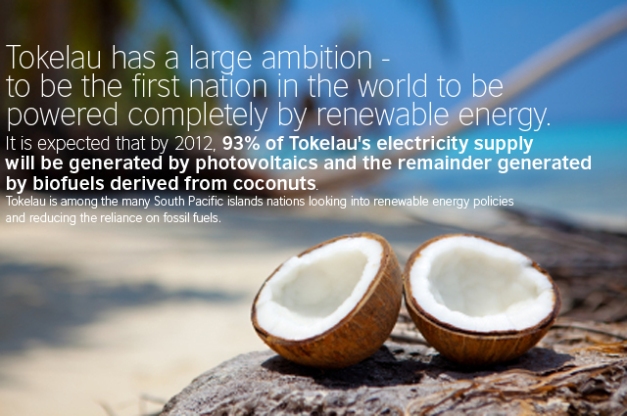LiveWire by Harley-Davidson is a super-fast and energy efficient electric motorcycle
Harley’s Electric Engine
Handmade demonstration models of Harley-Davidson’s first electric motorcycle, LiveWire, were shown in New York at an invitation-only event. Harley’s research facility is in Wauwatosa, Wisconsin and it’s designed to go from 0 to 60 in less than four seconds.
LiveWire on the Road
With the increase in sustainability and environmental trends over the years, the President of Harley, Matt Levatich explains that these trends are part of the lifestyle and the requirements of riders. Harley’s decision really puts electric motorcycles on the map since no one can tell how big this industry will be or how significant it will be but Harley has the resources to make it humongous.
It has been said that there is almost zero market size currently for a full-sized electric bike, so one common thought is that Harley has the marketing power to create demand for full-sized electric bikes. Not only is Harley going to generate some demand, they will also work to lower costs, build charging stations, and to improve technology that will in-turn, help all of the players in the market. In 2012 Harley sold 260,000 bikes, and Zero Motorcycles, the top seller of full-sized, high-powered electric bikes sold only 2,400 electric bikes in 2013.
Source: http://wastetracking.wordpress.com/2014/07/15/harleydavidson-coveted-livewire-electric-motorcycle-story/
Another great Green article from Green Halo
Track your recycling at www.greenhalosystems.com
Follow Green Halo on Twitter at http://twitter.com/greenhalousa






